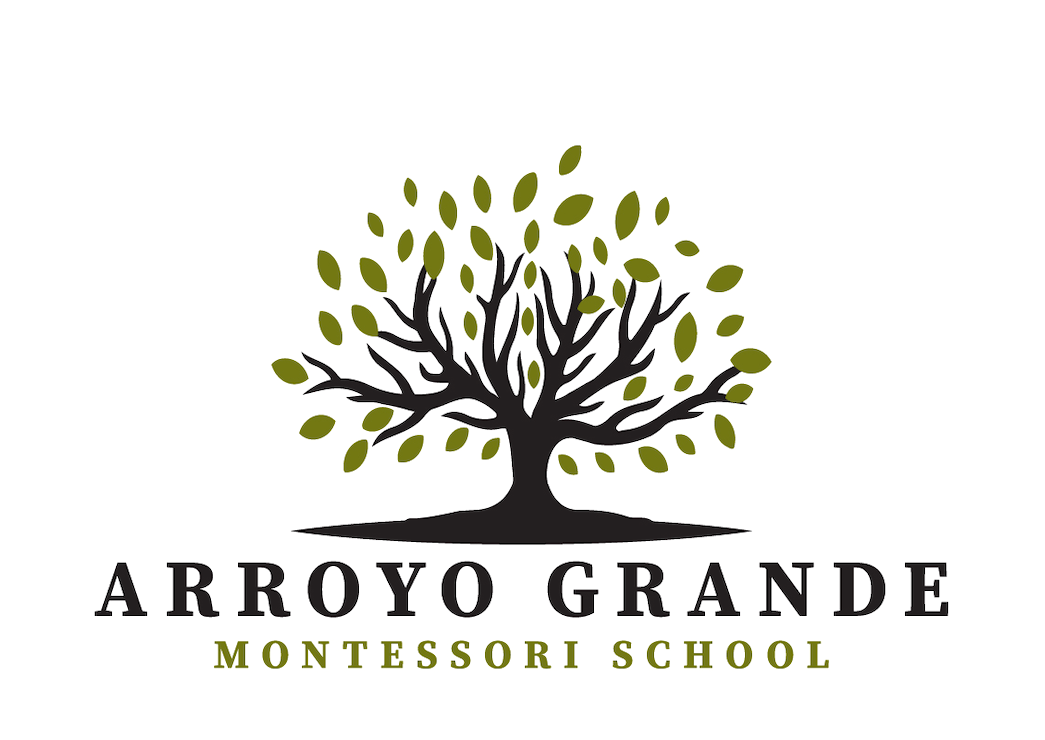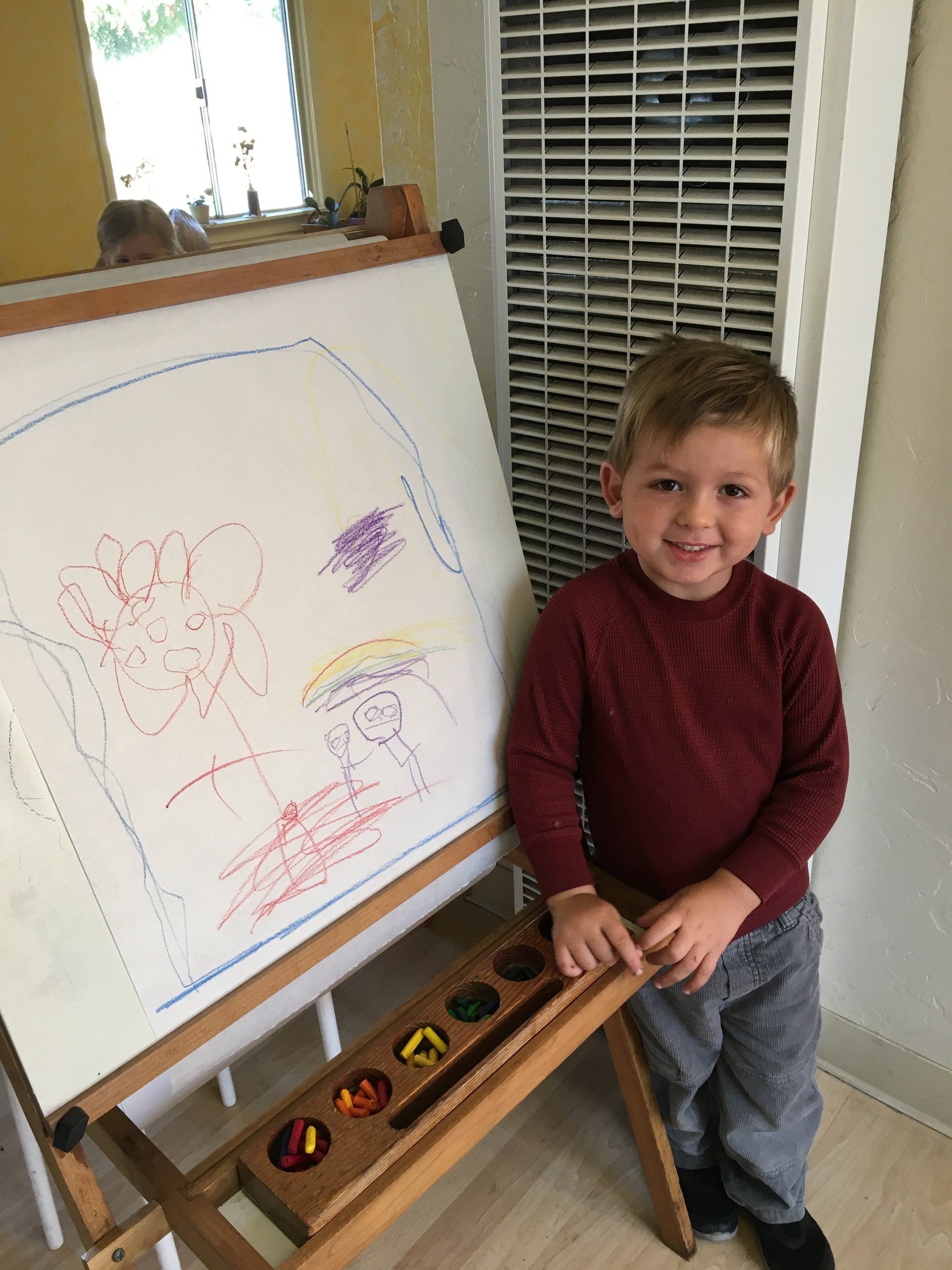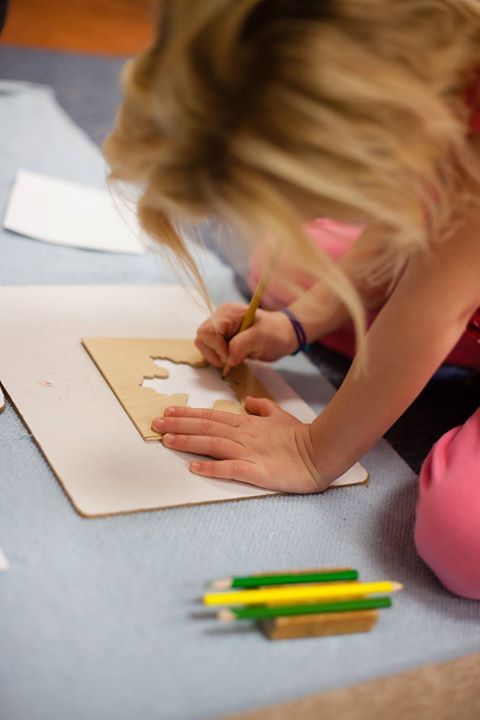Montessori education is fundamentally a model of human development, and an educational approach based on that model. The model has two basic elements. First, children engage in psychological self-construction by means of interaction with their environments. Second, children, especially under the age of six, have an innate path of psychological development. Based on her observations, Montessori believed that children at liberty to choose and act freely within an environment prepared according to her model would act spontaneously for optimal development.
Arroyo Grande Montessori Curriculum
The Montessori Method
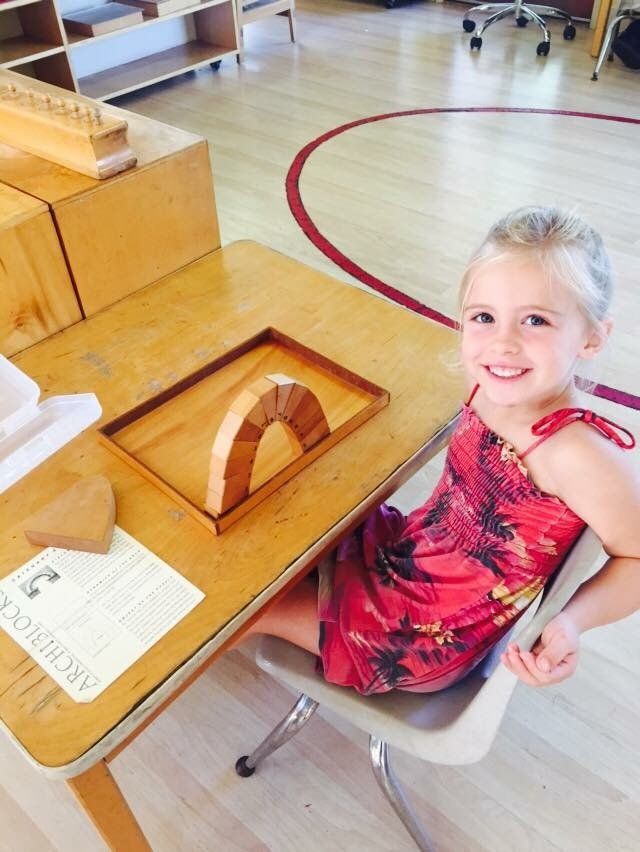
The Montessori Method is an educational approach developed by Italian physician and educator Maria Montessori and characterized by an emphasis on independence, freedom within limits, and respect for a child's natural psychological, physical, and social development. This is the program developed by Maria Montessori and closely followed at Arroyo Grande Montessori School. It consists of the following elements:
- Mixed age classrooms, with the preprimary classroom for children aged 2½ or 3 to 6 years old
- Student choice of activity from within a prescribed range of options
- Uninterrupted blocks of work time
- A Constructivist or "discovery" model, where students learn concepts from working with materials, rather than by direct instruction
- Specialized educational materials developed by Montessori and her collaborators
- Freedom of movement within the classroom
- A trained Montessori teacher
Self-construction, liberty, and spontaneous activity
Human tendencies
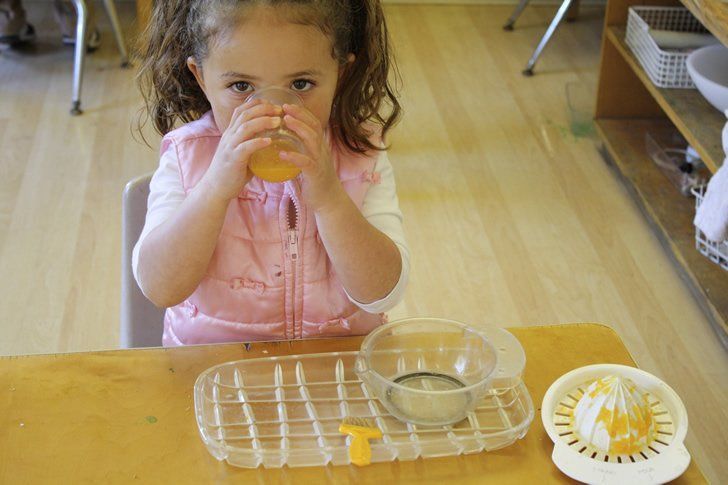
Prepared Environment
Montessori's education method calls for free activity within a "prepared environment," meaning an educational environment tailored to basic human characteristics, to the specific characteristics of children at different ages, and to the individual personalities of each child. The function of the environment is to allow the child to develop independence in all areas according to his or her inner psychological directives. In addition to offering access to the Montessori materials appropriate to the age of the children, the environment should exhibit the following characteristics:
- Construction in proportion to the child and his/her needs
- Beauty, harmony and cleanliness
- Order
- An arrangement that facilitates movement and activity
- Limitation of materials, so that only material that supports the child's development is included
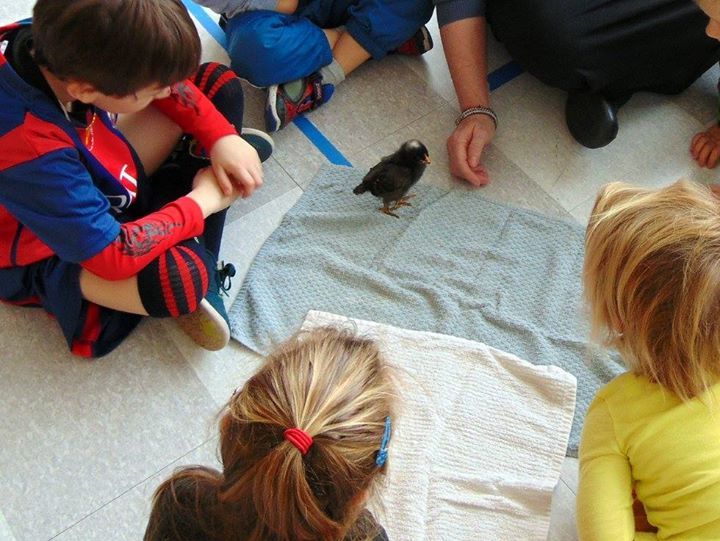
Planes of development
Montessori observed four distinct periods, or "planes," in human development, including from birth to six years. She saw different characteristics, learning modes, and developmental imperatives active in each of these planes, and called for educational approaches specific to each period.
The first plane extends from birth to around six years of age. Children at Arroyo Grande Montessori School fall within this range. During this period, Montessori observed that the child undergoes striking physical and psychological development. The first plane child is seen as a concrete, sensorial explorer and learner engaged in the developmental work of psychological self-construction and building functional independence. Montessori introduced several concepts to explain this work, including the absorbent mind, sensitive periods, and normalization.
Absorbent mind:
Montessori described the young child's behavior of effortlessly assimilating the sensorial stimuli of his environment, including information from the senses, language, culture, and the development of concepts, with the term "absorbent mind." She believed that this is a power unique to the first plane, and that it fades as the child approaches age six.
Sensitive periods:
Montessori also observed periods of special sensitivity to particular stimuli during this time which she called the "sensitive periods." In Montessori education, the classroom environment responds to these periods by making appropriate materials and activities available while the periods are active in the young child. She identified the following periods and their durations:
Acquisition of language—from birth to around six years
Order—from around one to three years
Sensory refinement—from birth to around four years
Interest in small objects—from around 18 months to three years
Social behavior—from around two and a half to four years
Normalization: Finally, Montessori observed in children from three to six years old a psychological state she termed "normalization." Normalization arises from concentration and focus on activity which serves the child's developmental needs, and is characterized by the ability to concentrate as well as "spontaneous discipline, continuous and happy work, social sentiments of help and sympathy for others."
The staff of Arroyo Grande Montessori School is specially trained in all aspects of Montessori education and in applying the principles outlined by Montessori herself in working with young children.
